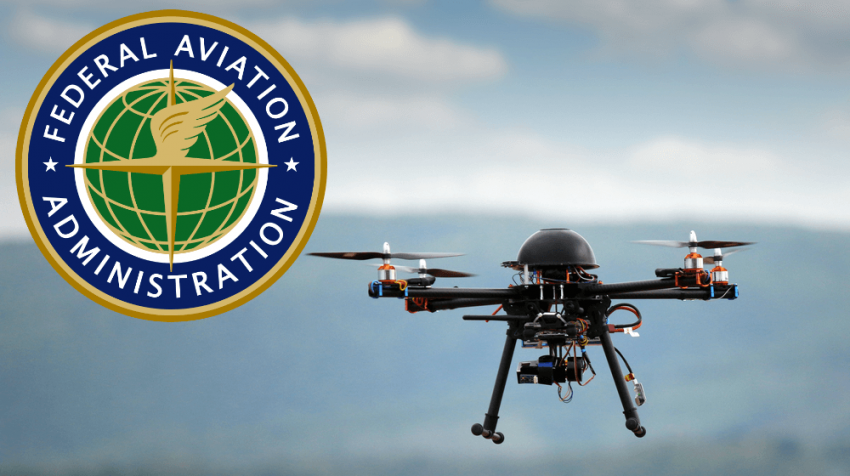The Federal Aviation Administration (FAA) Reauthorization Act is a crucial piece of legislation that ensures the safe and efficient functioning of the aviation industry. As an aspiring pilot or aviation enthusiast, it is essential to understand the implications of this act and how it impacts the aviation industry.
What is the FAA Reauthorization Act?
The FAA Reauthorization Act is a piece of legislation that authorizes funding for the FAA and governs various aspects of aviation policy in the United States. This act is reauthorized every few years, and the most recent version was passed in 2018, which authorized funding for the FAA through 2023.
Key Provisions of the FAA Reauthorization Act
The FAA Reauthorization Act includes several provisions that impact the aviation industry. Some of the key provisions include:

Pilot Training: The act requires all pilots to undergo additional training to improve safety in the aviation industry. This includes training on stall prevention and recovery, upset recovery, and automation.
Drones: The act provides new regulations for unmanned aircraft systems (UAS), also known as drones. This includes regulations for remote identification and tracking, as well as rules for flying drones near airports.
Airline Passenger Rights: The act includes provisions that improve passenger rights, such as requiring airlines to refund baggage fees for lost luggage and establishing minimum seat size and spacing requirements.
Airport Infrastructure: The act authorizes funding for airport infrastructure improvements, including new runways and terminal upgrades.
Impacts on the Aviation Industry
The FAA Reauthorization Act has significant impacts on the aviation industry. For pilots, the additional training requirements may result in increased costs and time commitments. However, these requirements are aimed at improving safety and may ultimately benefit pilots and passengers alike.
For the drone industry, the new regulations provide clarity and may help to improve safety by requiring drones to be identifiable and trackable. Additionally, the regulations help to establish clear boundaries for drone operations near airports, which can help prevent accidents and improve safety.
For passengers, the improved passenger rights and airport infrastructure improvements can result in a more comfortable and stress-free travel experience. However, some of these improvements may result in increased costs for airlines, which could be passed on to passengers in the form of higher ticket prices.
The FAA Reauthorization Act is a critical piece of legislation that impacts the aviation industry in numerous ways. As an aspiring pilot or aviation enthusiast, it is essential to understand the provisions of this act and how it impacts the industry. By staying informed about the latest developments in aviation policy, you can prepare for a successful career in the aviation industry and help to ensure the safety and efficiency of air travel for all.


.png?width=178&height=50&name=Aviator%20Zone%20Academy%20(5).png)
Submit a Comment